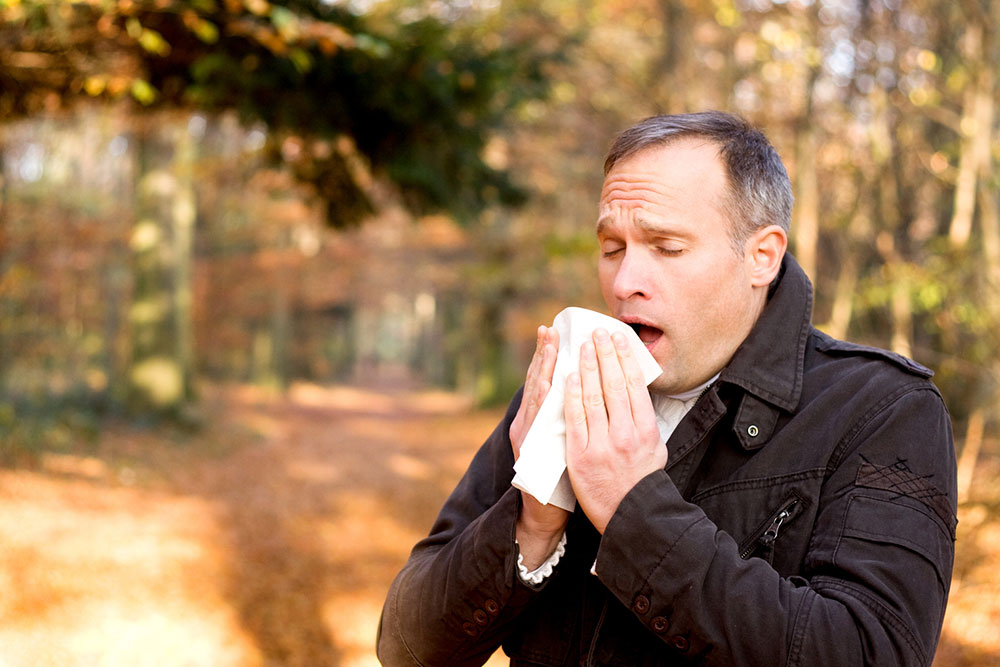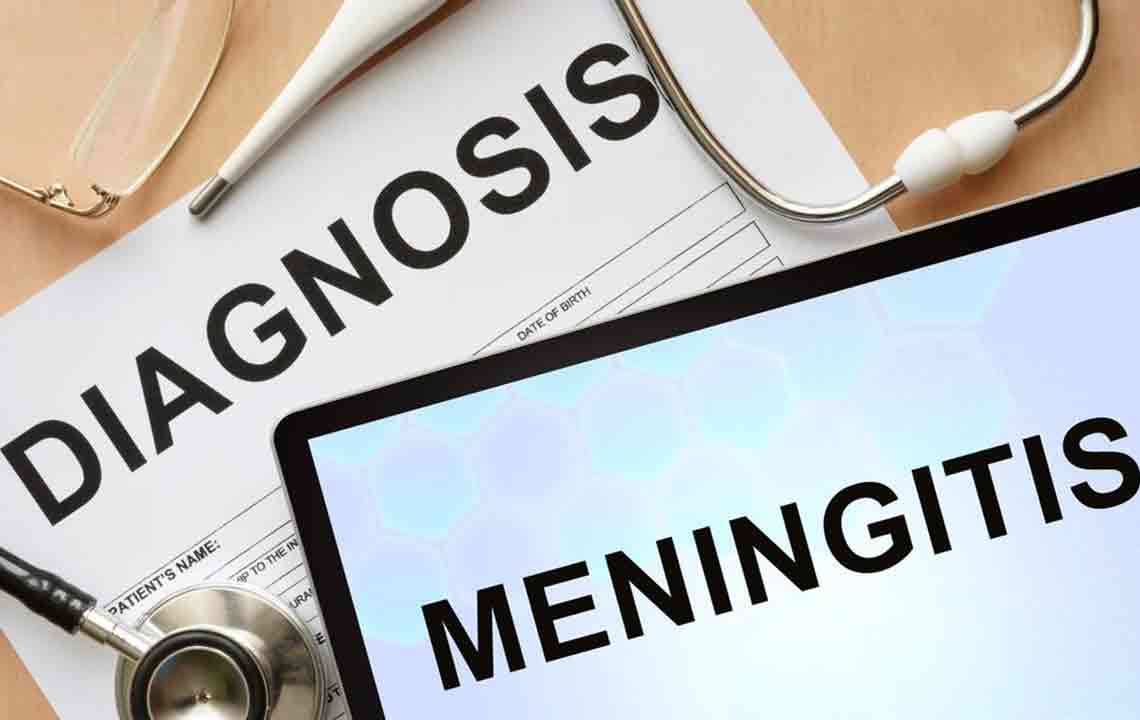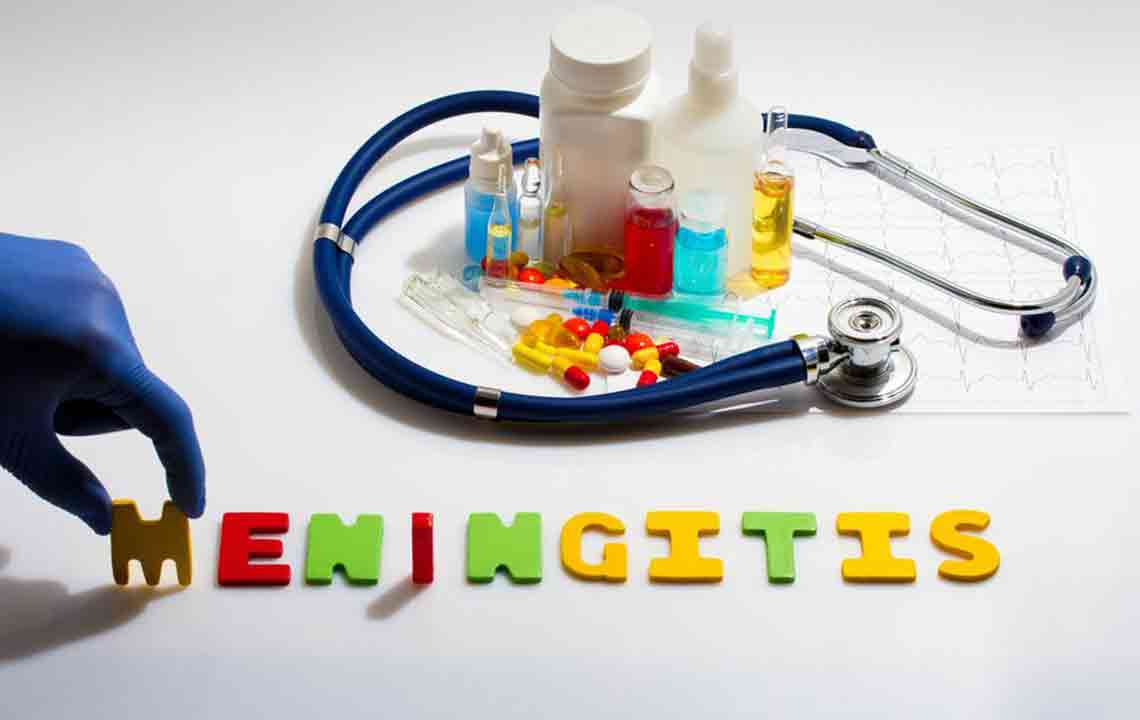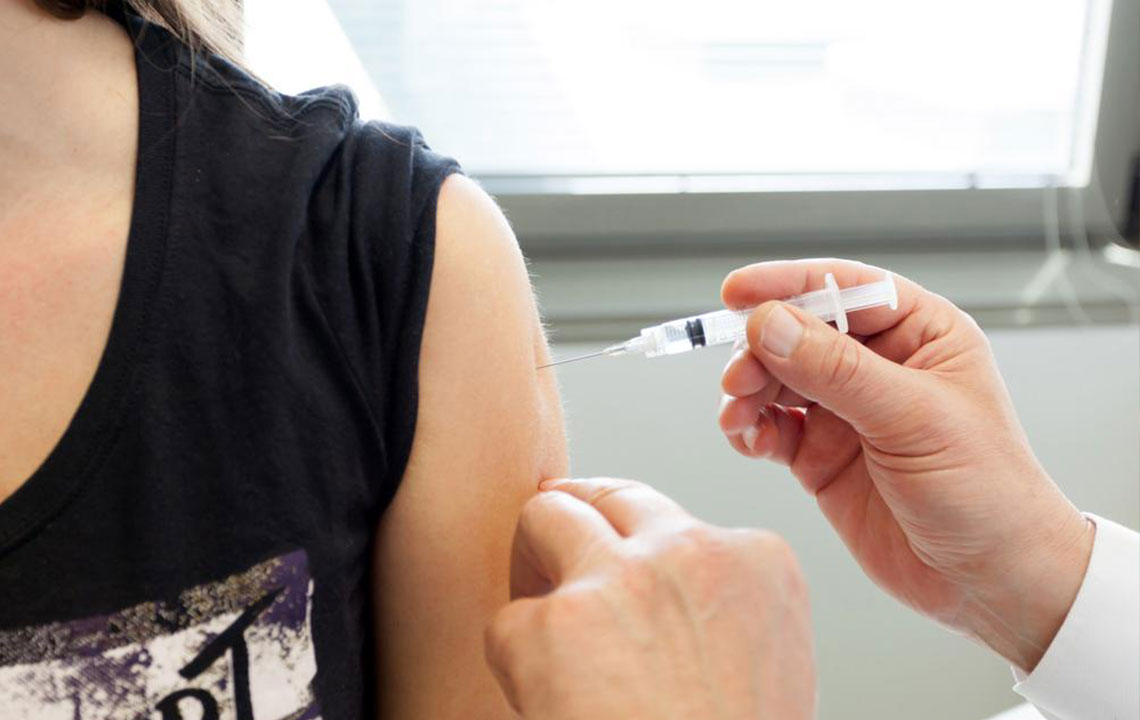Understanding Spinal Meningitis: Key Symptoms and Warning Signs
Learn about spinal meningitis, including its common symptoms, warning signs, and the importance of prompt treatment. Recognizing early symptoms like fever, neck stiffness, and headaches can be life-saving. This article provides essential information for understanding the disease, its risks, and when to seek medical help to prevent severe complications.

Understanding Spinal Meningitis: Key Symptoms and Warning Signs
Spinal meningitis involves inflammation of the membranes surrounding the brain and spinal cord, leading to swelling and discomfort. It can be triggered by various infections, including viral, bacterial, fungal, or parasitic causes, with viruses being the most common. While some cases resolve naturally within weeks, others require urgent antibiotic intervention, especially bacterial types. Bacterial meningitis, often caused by meningococcal or pneumococcal bacteria, can be fatal and may result in stroke, neurological damage, or hearing loss.
Symptoms typically appear within a week of exposure and can vary among individuals. In people over 2 years, common signs include:
Sudden high fever
Neck stiffness
Severe headaches
Nausea and vomiting
Confusion and difficulty concentrating
Sleepiness or drowsiness
Balance issues or coordination problems
Seizures
Loss of appetite
Light sensitivity
Skin rashes from bacterial infections
In newborns, symptoms include:
High fever
Irritability or fussiness
Poor feeding
Lethargy
Swelling on the head top
Stiffness in limbs or neck
Other signs linked to bacterial meningitis can involve skin discoloration, stomach cramps, rapid breathing, muscle aches, chills, and cold extremities. Immediate medical attention is crucial if fever, headache, or neck stiffness are present. Early diagnosis and treatment are vital to prevent permanent brain damage or death. If there’s a history of exposure, consult a healthcare provider for preventive measures.










